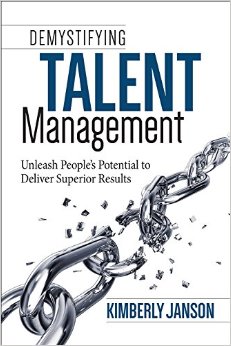WiseTalk Summary on The Future of Work and Talent Management
Our April WiseTalk guest was Jacob Morgan, author, speaker and futurist. From Jacob, we learned about the five Macro trends driving the Future of Work, which are giving rise to other trends such as the freelance economy and the collaboration economy. The trends shaping the Future of Work will shift power from organizations to the employee, and in many ways this shift is already underway. Our key takeaway from this conversation is companies need to be thinking now about how they can create a workplace that people want to work in, to attract and retain talent and stay relevant in the future.
Favorite Quote:
“In the future, companies that want to hire employees will need to create an environment where people want to work instead of need to work.”
Insights:
- According to Jacob, most organizations want to know why things are changing in the workplace, but are not always aware of the five macro trends shaping the Future of Work:
- New behaviors are entering organizations, which are being shaped by social technologies. They are changing the way we collaborate, communicate, and share.
- New technologies, such as collaboration platforms, big data, wearable devices, and the Internet of things, are entering companies.
- The Millennial workforce: by 2020, an estimated 50% of the U.S. workforce will be Millennials. This will drive a huge shift as this demographic doesn’t know what it’s like to sit in a cubical, to commute an hour to and from work, and to use legacy technology.
- Mobility: anytime, anywhere and on any device. Jacob explains the new theme for the Future of Work is “connect to work” because access to the Internet is all anyone will need to be able to do work.
- Globalization: we are operating in a world where boundaries do not exist, making it easier to transact work and collaborate with anyone in the world.
- In Silicon Valley, many companies are already challenged with attracting and retaining top talent. But according to Jacob, retention will become less relevant in the future. He believes people will work for a portfolio of companies rather than one company, and citied examples of the freelancer economy, such as Uber. When Sue mentioned that model may not be as ubiquitous for engineers, as companies may not want to share that top talent, Jacob mentioned a number of organizations are already using a high percentage of freelance engineers. However, his experience indicates that most organizations are not willing to be public about their contingent workforce.
- Before companies think about the Future of Work, they need to think about where they are going. The key is to understand how the workplace is changing, before thinking about a strategy and tactics for change. Look at the world around you to see what is changing, then ask what experience you want to create so that you can make sure your company stays relevant.
What we found most interesting:
Jacob explained the biggest driver of the Future of Work is a changing assumption about why companies exist. Because people have expenses and bills, they have traditionally needed to work at a company. This assumption held as true until recently. Now, people have options, such as starting their own company or freelancing, which means the war for talent has never been greater. Because of this, organizations have to create a place where people want to work, not need to work. That “want” is causing these changes. Companies need to consider how they get people to want to work for them. Rethinking management practices, flexibility policies, technologies, and what your company stands for all help to create a place that people want to be.
To learn more about Jacob’s experience, listen to the WiseTalk recording.
MORE